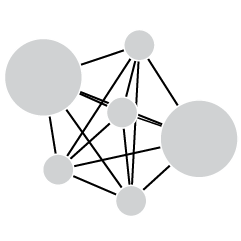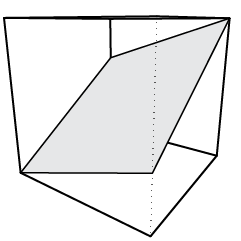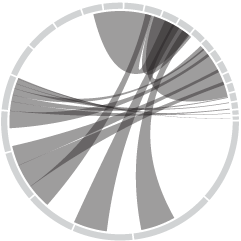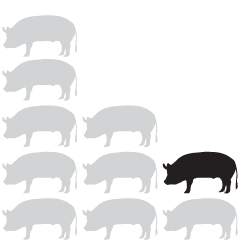In this article from Science from July 1998, award-winning journalist John Banville on the similarities and differences between art and science:
Of course, art and science are fundamentally different in their methods, and in their ends. The doing of science involves a level of rigor unattainable to art. A scientific hypothesis can be proven—or, perhaps more importantly, disproven—but a poem, a picture, or a piece of music, cannot. Yet in their origins art and science are remarkably similar. It was a scientist, Niels Bohr, who declared that a great truth is a statement whose opposite is also a great truth. Oscar Wilde would have agreed.
It often seems like there’s a chasm between the two, but there is also plenty of common ground.


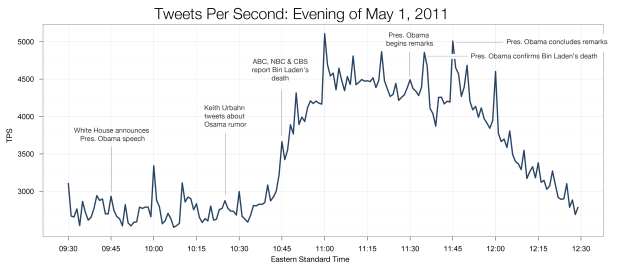

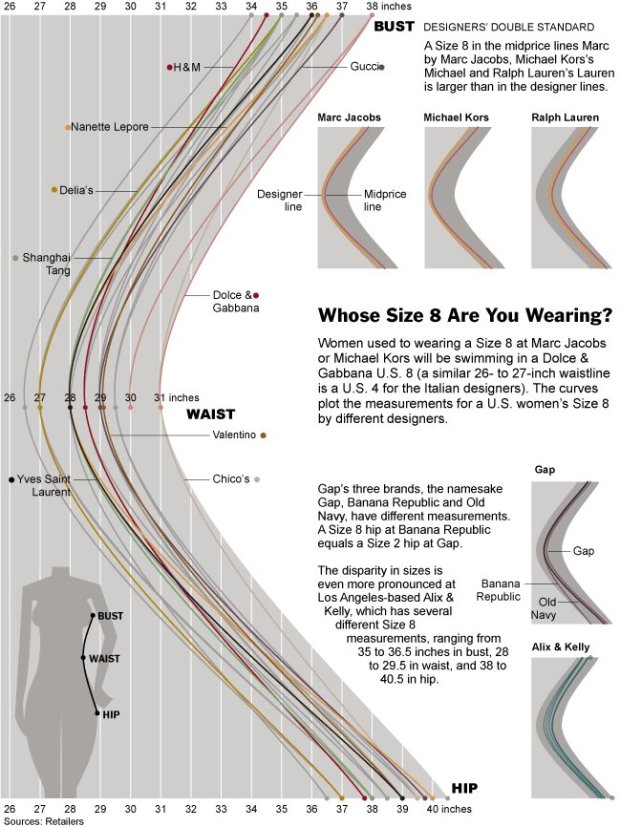
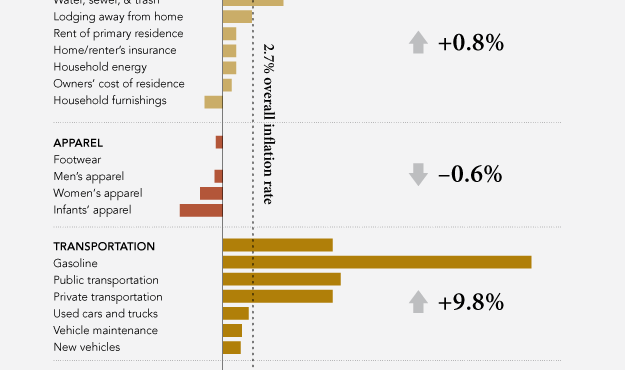
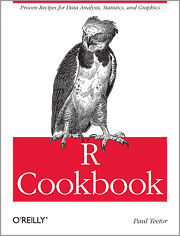

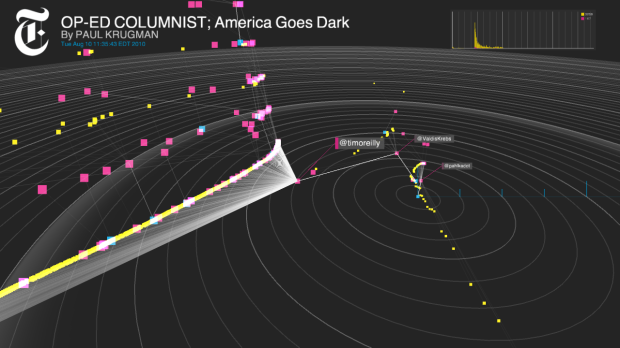
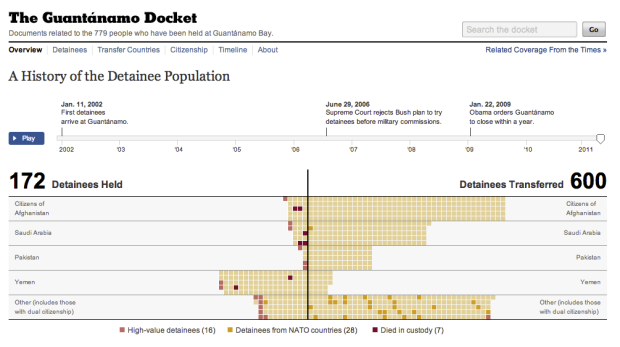
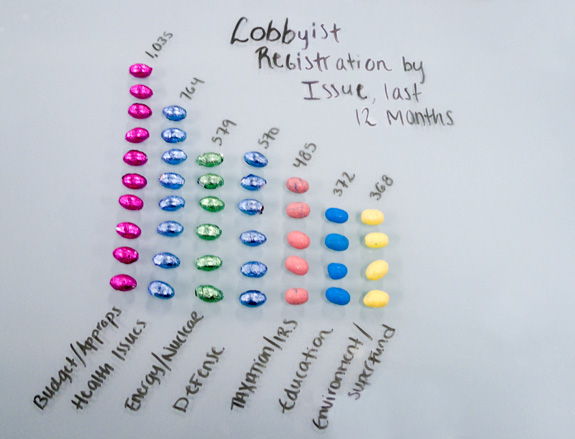
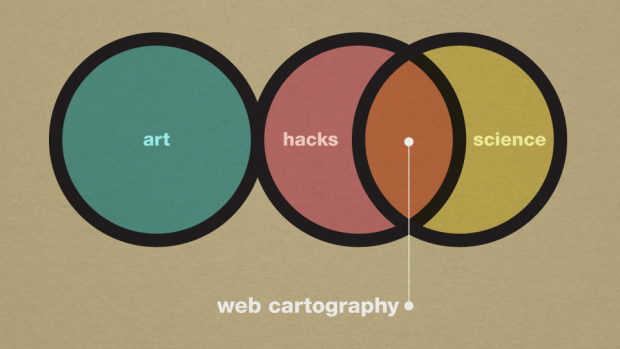
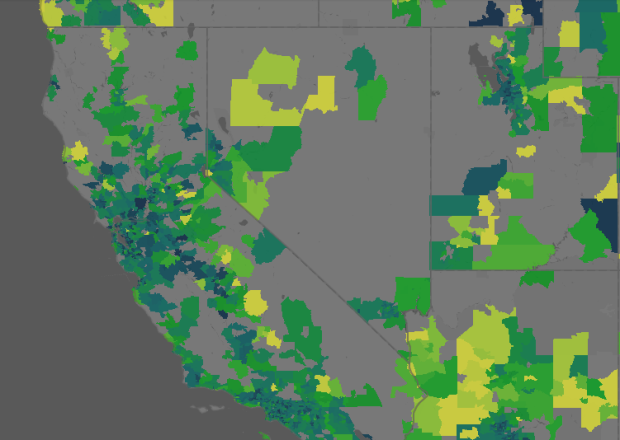
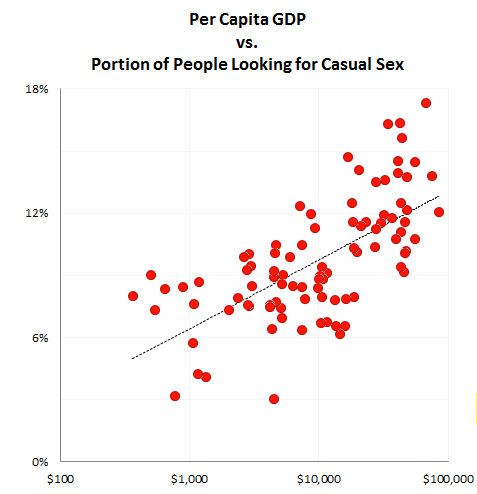
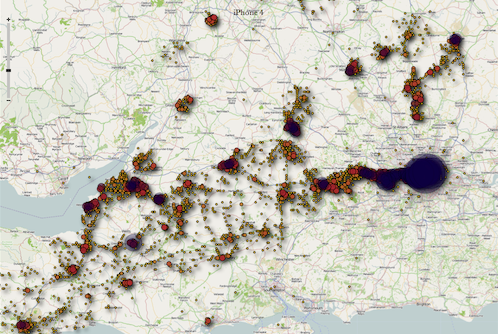
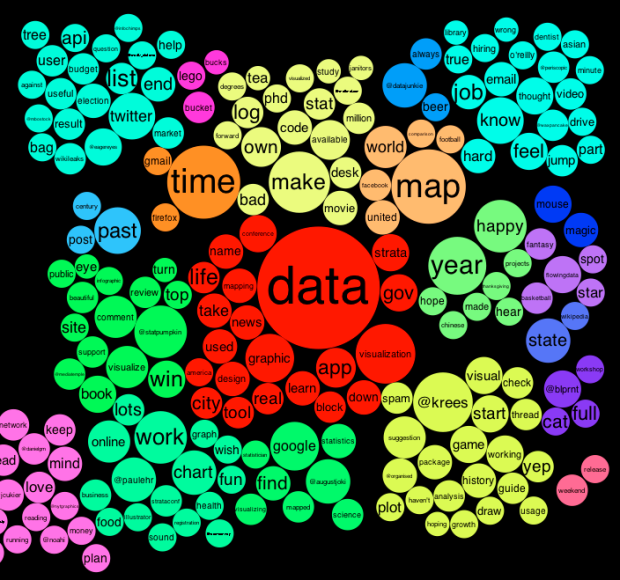
 Visualize This: The FlowingData Guide to Design, Visualization, and Statistics (2nd Edition)
Visualize This: The FlowingData Guide to Design, Visualization, and Statistics (2nd Edition)
